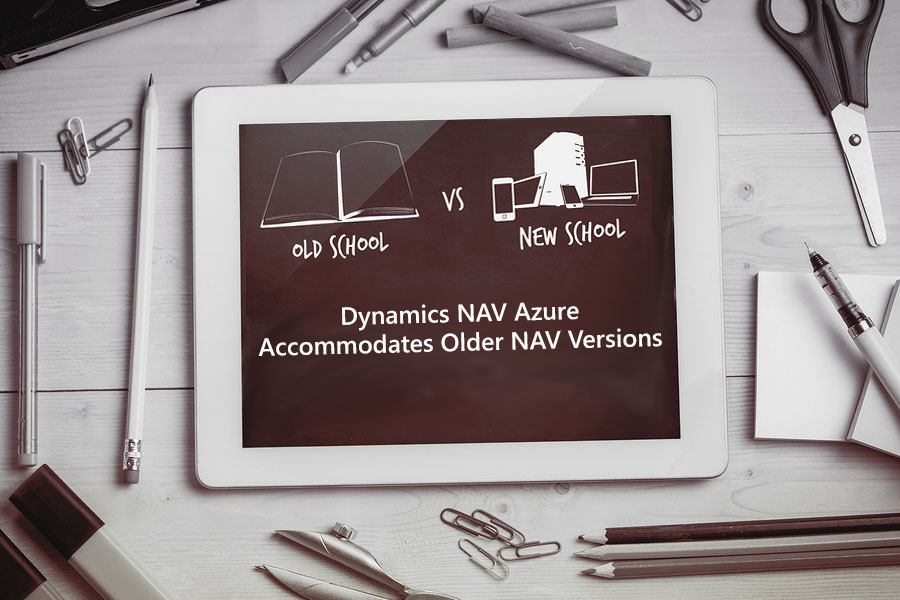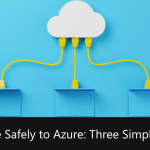
Owners of previous versions of Microsoft Dynamics NAV, such as NAV 2013, may be considering the benefits of the Dynamics NAV Azure cloud-hosting platform, and whether the whole process is complicated and problematic.
Dynamics NAV users receive on-demand access through Azure
Today, cloud computing offers many advantages with its many software as a service (SaaS) options. Dynamics NAV users receive on-demand access through Azure, thereby reducing capital expenses for a pay-as-you-go alternative. Furthermore, Dynamics NAV Azure users can scale their modules up-or-down to match fluctuating business cycles. Traditional cloud service models are usually based upon fixed monthly costs, as an example.
Last year, a survey byR IDG esearch Services indicated that 72% of the respondents “have at least one application in the cloud” while 56% of IT decision-makers were “investigating where cloud service can be leveraged.”
To facilitate moving Dynamics NAV to the cloud Microsoft incorporates a “provisioning tool.” Plans available for Dynamics NAV Azure include a 6 and 12 month plan.
Deploying Dynamics NAV on a single, Azure “virtual machine” (VM) means accessibility to all of the Web Server key components; NAV Server, SQL Server. In addition, NAV “database components are installed on the same virtual machine.” Ideal for SMB users, companies can choose from a graduated selection of Small, Medium, Large and ExtraLarge VMs.
“Users can access Microsoft Dynamics NAV data by using the Microsoft Dynamics NAV Windows client from a ClickOnce deployment, the Microsoft Dynamics NAV Web client, and OData and SOAP web services.”
Discover how you can leverage your ERP investment by using Dynamics NAV SaaS platform within the Azure cloud. Contact us for subscription pricing.
{{cta(’52a6f94c-7ea9-4a8d-bf2d-9432e3c12709′)}}





